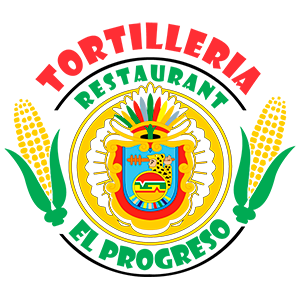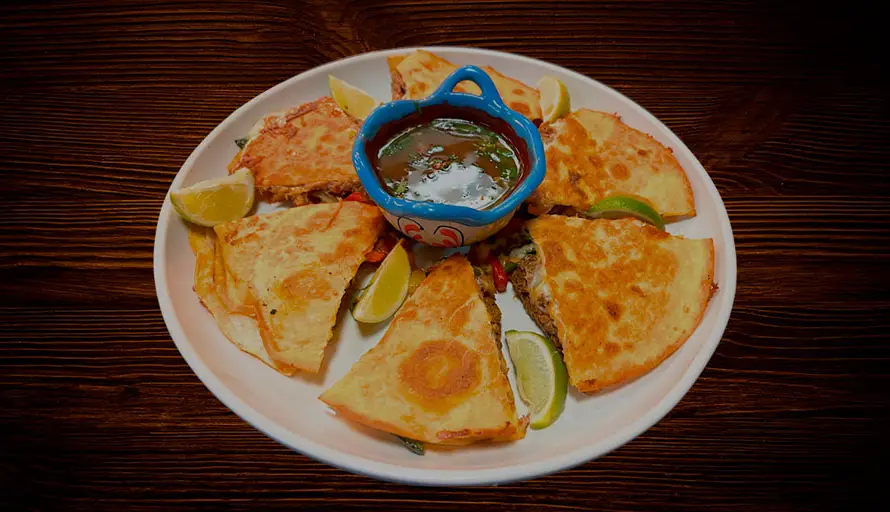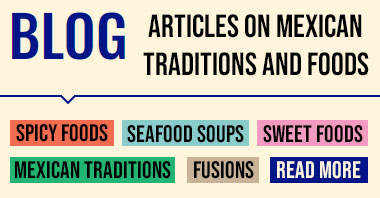Introduction
Carne a la Tampiqueña is a celebrated dish in Mexican cuisine, renowned for its rich flavors and cultural significance. Originating from the port city of Tampico in Tamaulipas, this dish encapsulates the essence of Mexican culinary traditions and regional diversity.
Historical Origins
The creation of Carne a la Tampiqueña dates back to 1939, attributed to restaurateur José Inés Loredo and his brother, chef Fidel Loredo. They opened the “Tampico Club” in Mexico City, naming it in honor of their roots in Tampico. Initially introduced as “Almuerzo Huasteco,” the dish was designed to represent the Huasteca region’s cultural and geographical features. Over time, it evolved into the beloved Carne a la Tampiqueña, gaining popularity across Mexico and beyond.
Cultural Significance
Each component of Carne a la Tampiqueña holds symbolic meaning, reflecting the Huasteca region’s identity:
- Oval Platter: Represents the Huasteca region.
- Strip of Roasted Meat: Symbolizes the Río Pánuco.
- Green Enchiladas: Reflect the Huasteco fields.
- White Cheese: Denotes the purity of the people.
- Guacamole: Represents the region’s fruits.
- Black Beans: Symbolize the fertility of the land and the oil boom in the area.
This dish is more than a meal; it’s a culinary map of the Huasteca region, embodying its history, culture, and natural resources.
Ingredients and Preparation
The preparation of Carne a la Tampiqueña involves several key components:
- Skirt Steak: Marinated and grilled to perfection.
- Green Enchiladas: Made with corn tortillas and green chili sauce.
- Black Beans: Typically served refried.
- Guacamole: Freshly prepared with ripe avocados.
- White Cheese: Often queso fresco or panela.
- Rajas Poblanas: Sautéed strips of poblano peppers and onions.
The dish is traditionally served on an oval platter, with each element thoughtfully arranged to represent the Huasteca region’s landscape and culture.
Evolution and Variations
Over the decades, Carne a la Tampiqueña has undergone various adaptations. Initially served as a breakfast dish, it gradually became a staple in Mexican cuisine, enjoyed at any time of day. Regional variations have emerged, incorporating local ingredients and culinary influences, yet the core elements and symbolic meanings remain intact.
Global Influence
Today, Carne a la Tampiqueña is recognized internationally, featured in Mexican restaurants worldwide. Its blend of flavors and cultural significance has made it a representative dish of Mexican gastronomy, celebrated by food enthusiasts and culinary experts alike.
Conclusion
Carne a la Tampiqueña is more than just a dish; it is a cherished memory of Mexico’s rich culinary heritage, bringing together flavors that tell the story of the Huasteca region. At Tortilleria Restaurant El Progreso, we invite you to relive this timeless tradition with a fresh perspective, where each plate honors the classic elements while offering a dining experience that feels both nostalgic and new. Come and savor this iconic dish, made with care and authenticity, right here at our restaurant.





